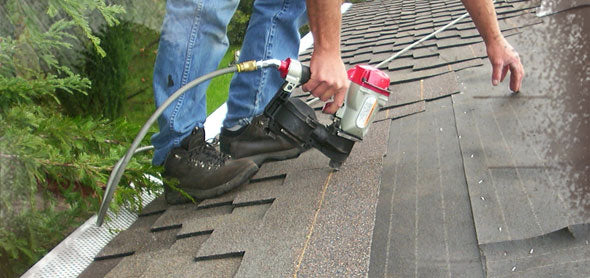Fall protection in the world of residential construction is changing. What exactly are the changes and what can you do about it?
Yep, it's official. The countdown is upon us, and on June 16, 2011 it will hit the fan. Starting on June 16th, 2011 workers engaged in residential construction 6 feet or more over a lower level must be protected by conventional fall protection (guardrails, safety nets, or personal fall arrest systems)
Now, the weird thing is that this really isn't a new law, but rather a new interpretation of the existing standard. That is to say… loop holes have been eliminated and these regulations will actually be enforced.
Think you're excluded because you live in Montana? Think again, this new ruling affects every single state in the union. All 57, I mean 50.
So the days of, "I'm a man, I'm 40! I'll be alright." are gone. A crap load of workers who don't even know what fall protection is will now need to be outfitted with some sort of protection.
We want to help with some solutions that won't destroy your bottom line. Here are two quick examples...
Guardrails - This solution is the best, because it requires little or no training, and it can protect more than one person at a time. Guardrails have higher upfront costs, but you can take them with you from job to job. And depending on how many folks are on your crew, this could be economical.
Fall Protection System - For those of you in the roofing industry, look no further than a roofing kit. This is an entire fall protection system in a bucket. Just get one of these bad boys for each member of your crew and you're set to go. This Fall Protection Kit ships for free.
Of course, these are simple solutions. As more of you enter the fold, you will have more and more questions. Please feel free to ask. Jobs can vary from site to site, so don't be afraid to inquire about the best solutions for your job.




